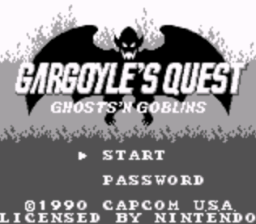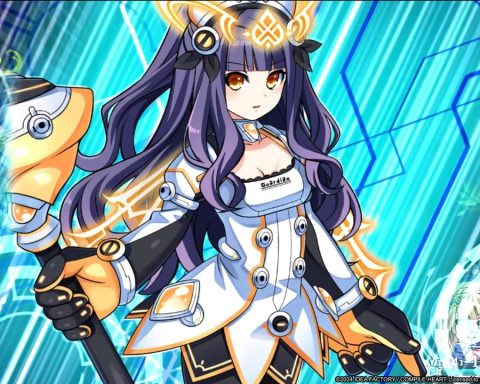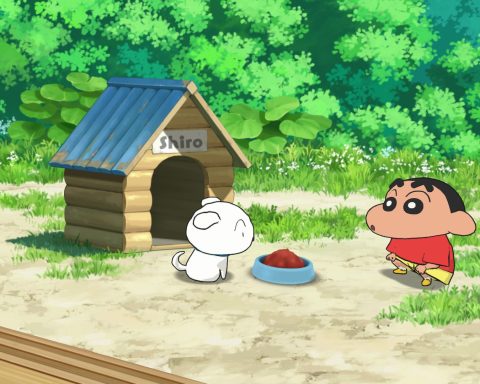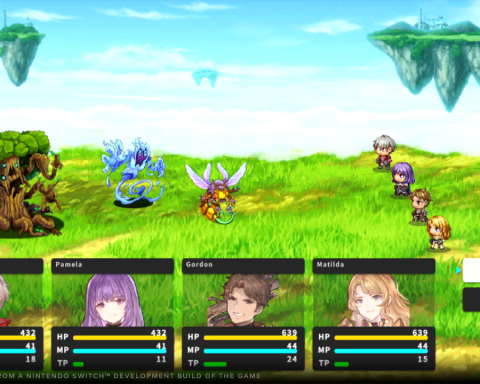
The game, which is an offshoot of the Ghosts & Goblins universe, kicks off with a story sequence, and then a top down, isometric cut scene involving sprites and dialogue boxes that look eerily like a Final Fantasy game.
“What, have I just bought a Capcom RPG?” Will likely be your first thought. Taking control of the gargoyle (Firebrand) that is at the centre of this little “fight the invasion” plot, you’ll wander around a featureless room, and then, like with any other old-school RPG, attempt to leave the room from a doorway located at the south of the room.
And you’ll be taken to a platform sequence, and suddenly Gargoyle’s Quest makes sense. In true retro style, Gargoyle’s Quest is almost as challenging as Ghosts & Goblins; traps are placed in the most inconvenient spots, and enemies are unrelenting… and that’s just the first level. It gets harder and harder the further you go, making this the first Game Boy game to be released on the Virtual Console where a “game over” screen is a genuine possibility.
Beyond that initial thrill and challenge, Gargoyle’s quest quickly settles into a familiar rhythm. Yes, there is some top-down RPG-style movement over an overworld, and some non-linear exploration on offer, but this isn’t really an RPG. There’s not a whole lot to upgrade (just the distance Firebrand can use his wings to hover, his lives count, and his health bar), and the interactions with townsfolk and overarching story are all as thin as you’d expect from an old game. It is nice that Capcom tried it all that time ago, though.
The platforming itself is rock solid. Firebrand has all the skills you’d expect – he has some magical abilities, as well as the ability to hover (with the aforementioned ability to upgrade that ability to reach new areas as the game wears on), and cling to walls.
 As I mentioned before though, this game puts those basic abilities to work to the nth degree; this is a challenging platformer. And because of that, it’s a reasonably long platformer. The nicest thing about this being on the Virtual Console is the suspend feature. The original game required passwords to “save” progress. Here, you can just pause the game in the middle of play to come back to it.
As I mentioned before though, this game puts those basic abilities to work to the nth degree; this is a challenging platformer. And because of that, it’s a reasonably long platformer. The nicest thing about this being on the Virtual Console is the suspend feature. The original game required passwords to “save” progress. Here, you can just pause the game in the middle of play to come back to it.
All up, this is the best platformer to be released on the Virtual Console to date. It’s by no means a perfect game, and the difficulty will put off many of the new generations of gamers, but for those with a taste for the retro, here’s a very good reason to log on to the eShop.








